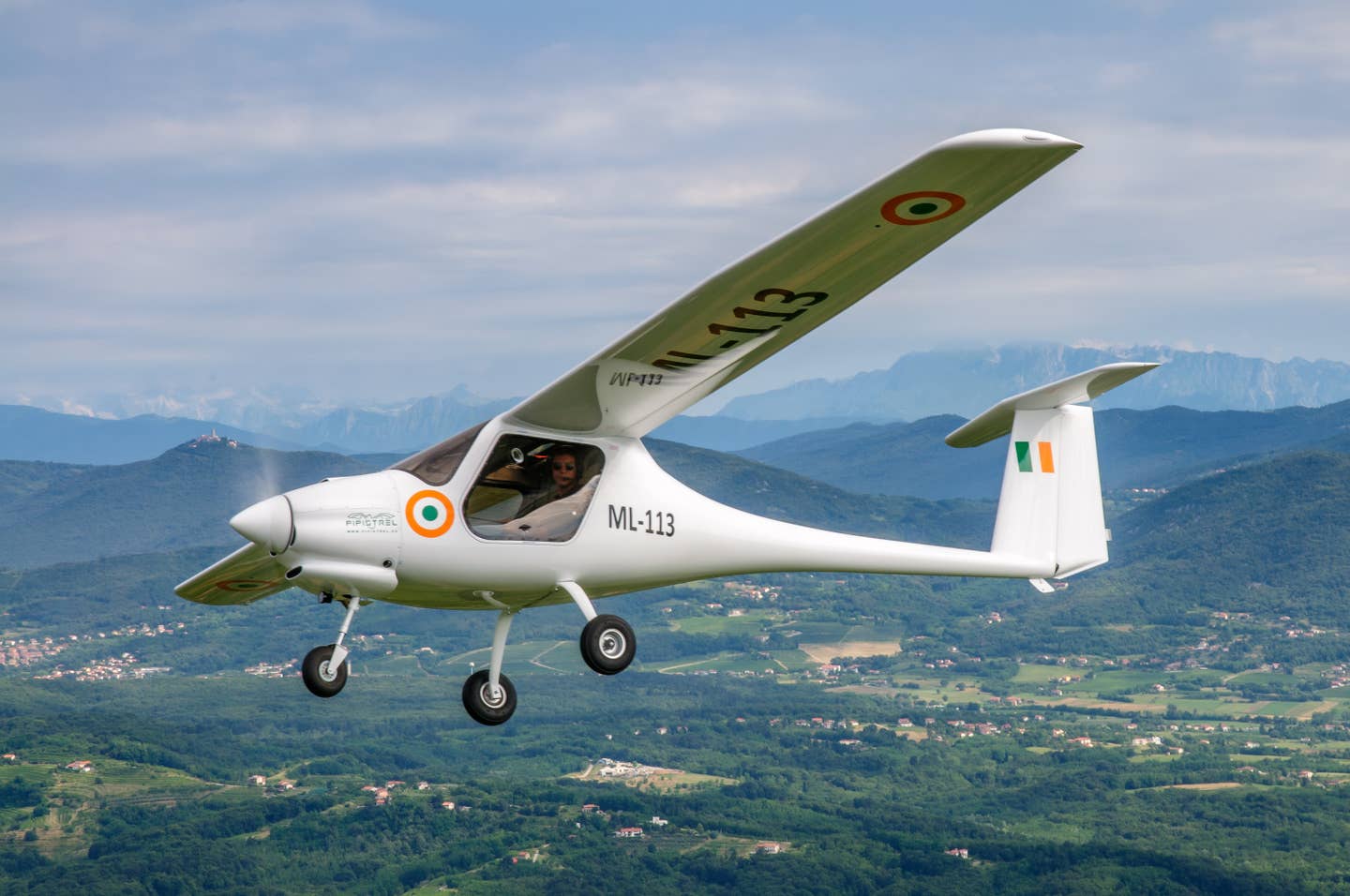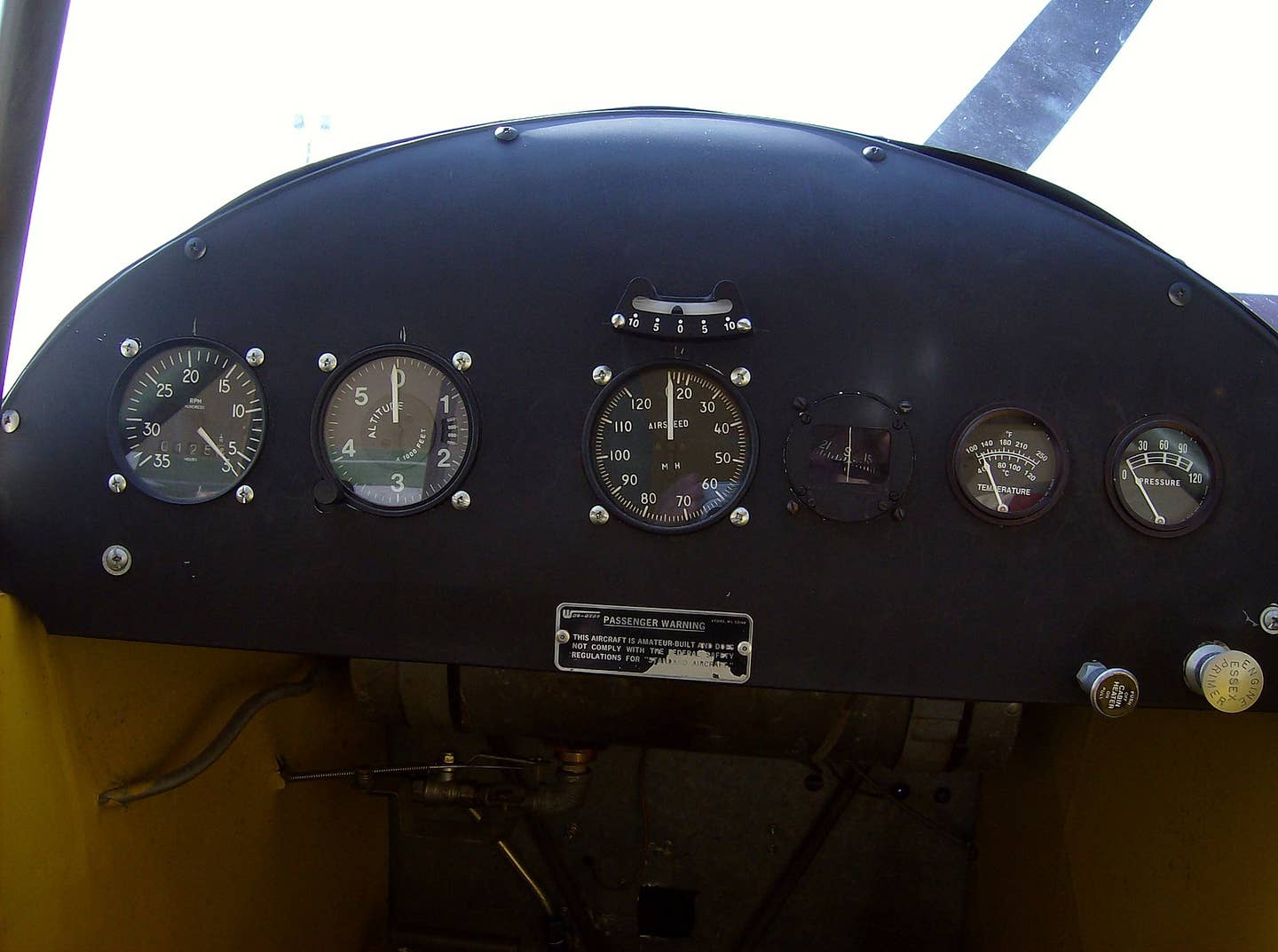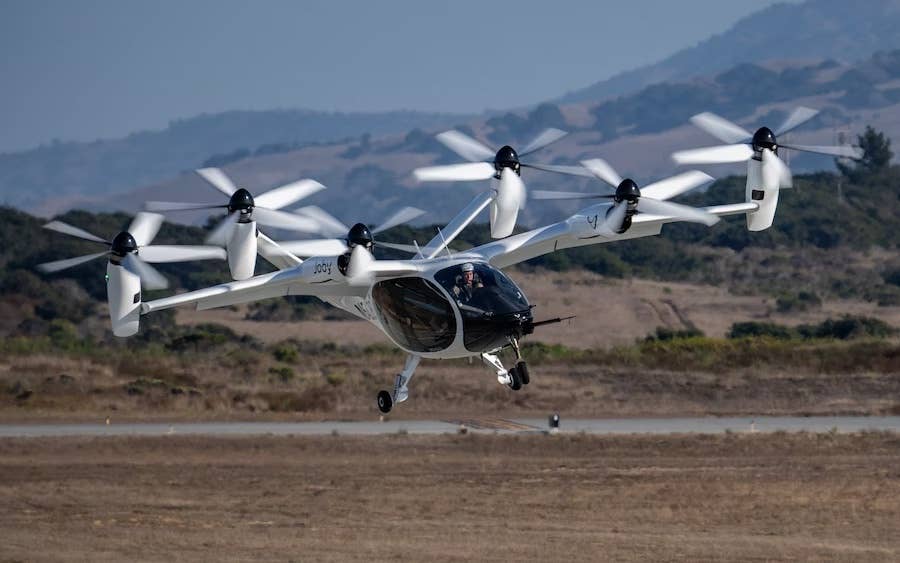Pipistrel and Textron: An Odd Marriage Indeed
Textron buys a lot of companies, but Pipistrel is the last one we would have expected. It’s gonna be interesting to watch.

Curiously, as a cohort, skydivers—young ones—are environmentally woke. And since I am an internationally recognized expert on aviation of all stripes, I’m occasionally asked when I think we’ll all be jumping out of electric airplanes. My response is never. Maybe a little later, but basically never.
Following this week’s surprise announcement that Textron is buying Pipistrel, the world’s leading electric aircraft company, I’m preparing new data to again answer the question. Checking my sources and data, it still looks like never. I don’t think an infusion of Textron cash will change that much, but it will accelerate electric aircraft development and certification with uncertain implications.
To understand how weird and surprising this purchase is, consider the opposite poles these two companies occupy. Textron is a diverse multinational conglomerate that ranks 265 on the Fortune 500—revenues in the mid $13 billion range. It’s as lawyerly and buttoned down as any company I have ever covered, except maybe for Boeing. Slovenia-based Pipistrel is in the $40 millionish range and bubbles with the freewheeling creativity of the entrepreneurial company it actually is. If Textron is IBM, Pipistrel is Ben & Jerry’s; Pipistrel is Tatooine to Textron’s Earth. (At least it keeps the Chinese from getting it.)
I have a fairly vivid imagination and I can’t imagine how these two will fit together. Maybe Textron can’t either so it appears it won’t even try. Pipistrel will retain its nameplate and current product line and remain in Slovenia, occupying a separate new business segment called eAviation. It will take its place with Bell Helicopters, Textron Aviation, Textron Systems and Finance, although the exact reporting path remains to be seen.
So what does Textron get out of this deal? After all, we know this is a company that has shown, at best, a desultory interest in light piston aircraft and, in recent years, has canceled more airplanes than it has introduced. Who could forget those photos of Skycatchers being crushed and flicked into dumpsters? Or of the sad fate of a great aircraft line—the Columbia/Corvallis—which Cessna bought, fiddled with and flushed after a decade of indifferent sales and marketing.
One could reasonably wonder if the Pipistrel Virus and Alpha Trainer could suffer the same fate. In its press release, Textron said Pipistrel “puts Textron in a uniquely strong position to develop technologies for the sustainable aviation market … and a variety of new aircraft to meet a wide range of customer missions.”
I read that as drones, perhaps with a side order of electric training airplanes in the mid-term future. Textron is not now a major defense contractor but I suspect it sees the growth potential. Textron’s Systems division has an intriguing remote control tracked vehicle with a 30-mm canon and its own little drone system. It also has the Shadow medium-endurance drone system. The last time I visited Pipistrel in 2019, they had military work in the shop and it’s no great leap to see how short-endurance, low-observable electric drones could be a market slice. Just look what’s going on in Ukraine at the moment. Pipistrel has for several years been developing commercial cargo UAVs.
Pipistrel’s technological prowess is more than up to this kind of work. Moreover, if Textron does want a position in manned electric aircraft, they just bought the world leader in the field. As I reported in my flight report video on the Velis Electro, that airplane isn’t quite ready for prime time in the U.S. but it’s a worthy start. In some ways, given the limitations of current batteries, it really shouldn’t exist at all. But through sheer force of will and creative engineering, Pipistrel’s founder, Ivo Boscarol, brought the thing to market. Despite its limitations, no one else is even close.
So what’s in it for Pipistrel? For Ivo Boscarol, a big check. No price was given for the acquisition, but if two to four times revenue is a good gouge, the buy is in the $80 to $150 million range. Boscarol will remain a minority shareholder although his title of chairman emeritus suggests a diminished role. That may or may not be a good thing, for much of the company’s creative impetus flowed from him. Slovenia does well with its primary and advanced education and the company is staffed with exceptionally capable people. Textron should be impressed. It should also be impressed with the new factory the company built just across the Italian border at Goriza in the Julian Alps foothills. Lovely place.
Textron has pledged to funnel money into Pipistrel for developmental work. I’m not sure what impact that will have on electric airplanes because Pipistrel has already done remarkably well with what it has. As noted, the Velis is impressive, hobbled mainly by battery limitations. That research will be driven not by aviation, but by the laptop and electric car segments; aviation is the rump. Also, it’s not clear to me that the Velis isn’t a developmental dead end. I think it’s too quirky, small and light to become a mainstream trainer, at least in the U.S. market. But the electric propulsion might find a home in what comes next.
I asked a couple of people in the institutional training world if the association with Textron would cause the big schools to give Pipistrel a second look. They thought it would. And anyway, the Embry-Riddles and UNDs aren’t the only schools out there. Smaller ones may warm up to at least initial buys of electric airplanes with Textron backing up the deal. Pipistrel would need to improve its factory support. Customers consistently complain about this to us.
Perhaps Textron funds might finance completion of the Panthera certification in the U.S. Right now, it’s being sold as an experimental which, in my view, makes no marketing sense. Fully certified, it would find North American buyers, although I don’t know if sales would justify the certification costs. Maybe. It would need a strong, thoughtful sales effort of the sort Cessna never gave the Corvallis and later the TTx.
Now, the question is, can Textron keep the bean counters far enough away from Pipistrel to avoid the Columbia’s fate? An insider involved in that transition told me the two company cultures were just too different and when Cessna moved it to Wichita, the whole thing just slowly sunk. Textron is famously profit oriented and the divisions are expected to “make their quarterly numbers.” I’m not sure how that will work if it’s applied to Pipistrel. The best outcome might be if the mother company uses it as technology incubator and lets the numbers run where they may. I know, radical idea, right?
I've known Ivo Boscarol for about 10 years and during that time, I've come to understand how much Pipistrel embodies his unique vision and devotion to what we've come to call sustainable aviation. Five years ago, we called it green. This development thus caught me by surprise because I thought he would never sell it. But then I thought the same thing of Christian Dries, who occupied a similar position as founder of Diamond Aircraft before selling it to Chinese interests. But in aviation, as in life as a whole, nothing is forever.
By the way, closing the circle here, I don’t really think skydivers will never routinely jump from electric airplanes. But it’s going to be a long, long time.






